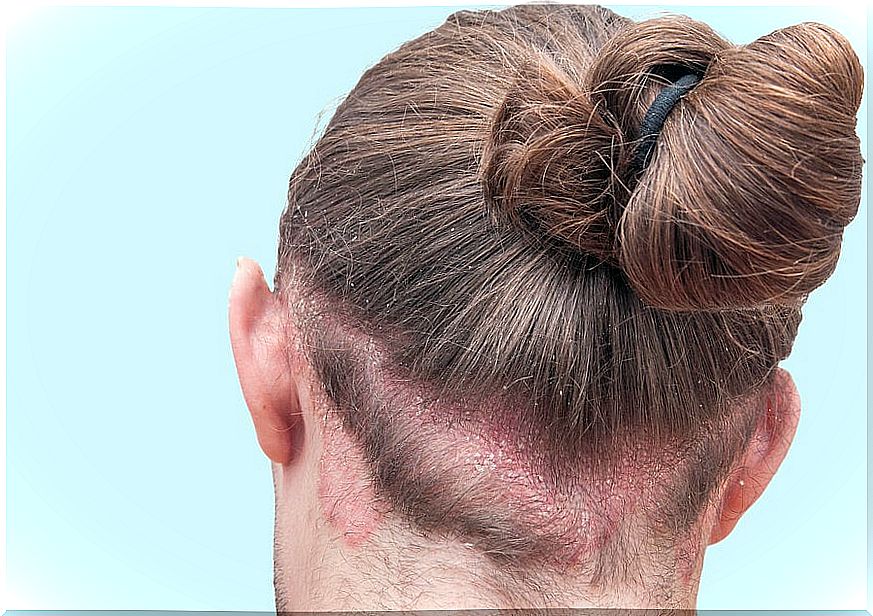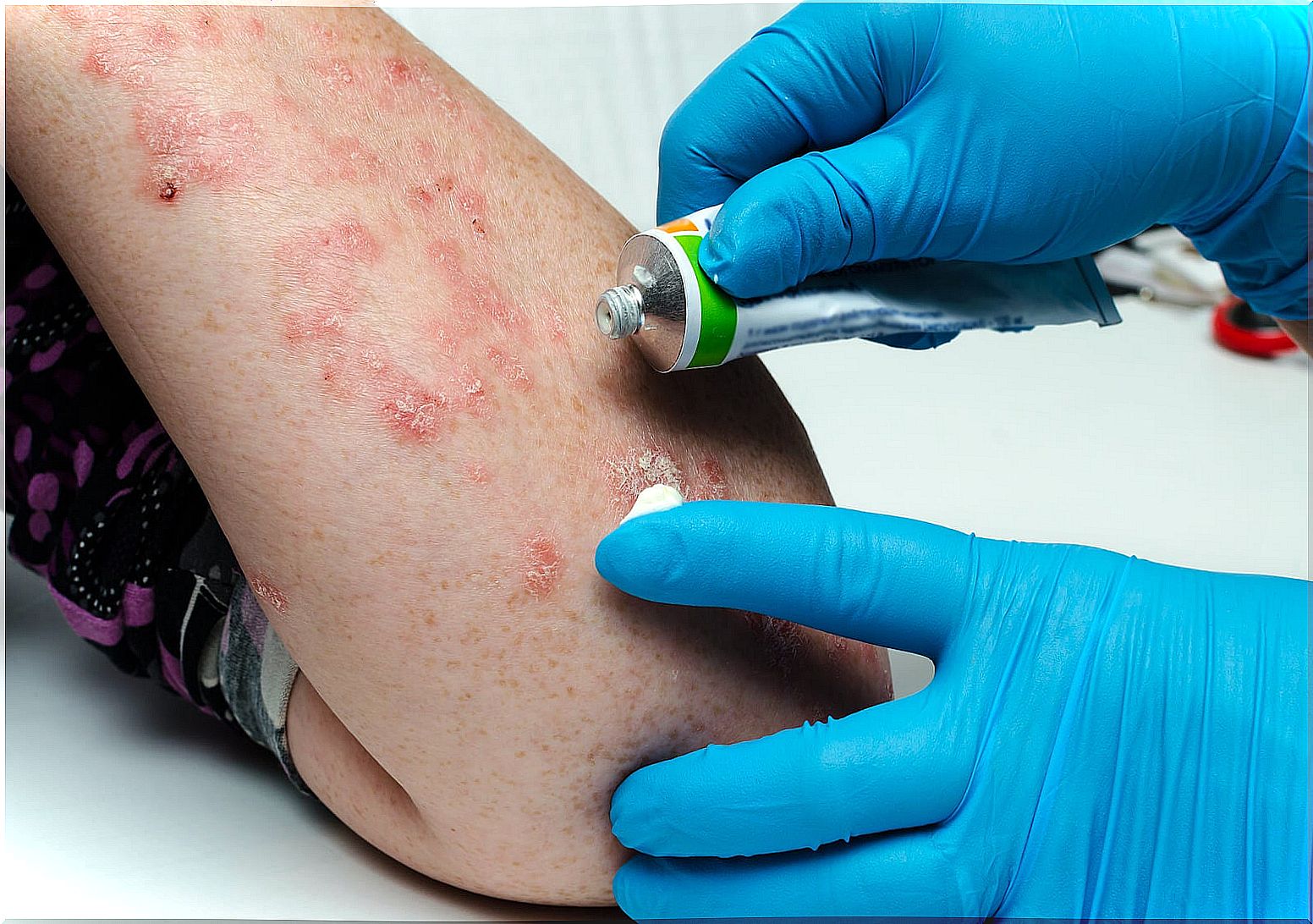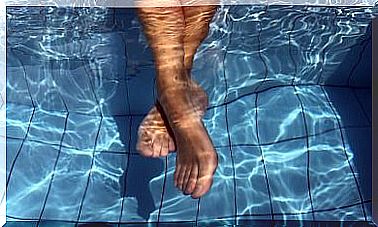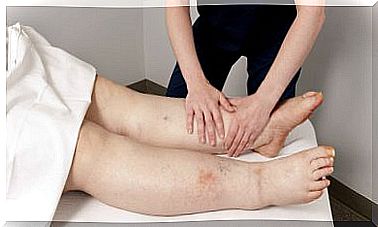Seborrheic Dermatitis: Symptoms And Treatment
Seborrheic dermatitis is a common skin condition. It is a type of eczema that is not triggered by external factors. It mainly affects the scalp, although it can also affect other areas such as the face, the sides of the nose, the eyebrows, the ears, the eyelids and the chest.
It should be noted that seborrheic dermatitis can occur in both adults and infants. In general, it appears in stages of life in which there is greater sebaceous activity linked to greater hormonal stimulation.
Causes of seborrheic dermatitis
The exact cause of seborrheic dermatitis is currently unknown. Although its appearance may be related to the Malassezia fungus that is found in the sebaceous secretion on the skin. Another cause of seborrheic dermatitis can be an irregular response of the immune system.
There are a number of factors that can increase the risk of developing seborrheic dermatitis, such as suffering from neurological and psychiatric disorders. A weak immune system, such as organ transplant recipients and people with HIV, also increases the risk.

What are your symptoms?
Symptoms of seborrheic dermatitis include: dandruff, skin lesions, itching, and mild erythema. Generally, the scalp is always affected, so it usually has small scales.
Peeling of the eyebrows, eyelashes, beard and mustache hair is also common, as well as redness and scaling of the nasolabial fold and the back of the ears.
In some patients, the eyelids become inflamed and small scabs form on the edge of the eyelids. At the trunk level, seborrheic dermatitis usually manifests as rounded erythematous brownish plaques. Sometimes the plaques are covered by very adherent scales, resembling psoriasis lesions.
Diagnosis
The diagnosis is based on the clinic, by the appearance and location of the skin lesions. Fatty scale patches on the scalp are characteristic.
In addition, there are usually erythematous-scaly lesions in the insertion areas of the scalp, retroauricular folds, nasolabial folds or eyebrows. In infants , the characteristic lesion is “cradle cap . “
A differential diagnosis of seborrheic dermatitis should be made with other diseases that present similar symptoms such as the following:
- Psoriasis: it also causes dandruff and redness of the skin with the presence of flakes and scales. In psoriasis there are more scales and they are silvery white.
- Atopic dermatitis : This skin condition causes itching and inflammation of the skin in the folds of the elbows, the back of the knees, and the front of the neck.
- Pityriasis versicolor : This rash appears on the trunk, but is not usually red like the spots of seborrheic dermatitis.
- Rosacea : usually occurs on the face and generates very few scales.
Treatment of seborrheic dermatitis
There are a number of general hygiene measures, such as avoiding very hot showers, heated or air-conditioned environments, or situations of greater emotional stress. For daily hygiene , neutral moisturizing soaps and non-greasy moisturizing creams or lotions should be used .

Anti-inflammatories
Corticosteroids such as hydrocortisone, fluocinolone, and clobetasol, which are applied to the scalp or other affected area. They are used in the form of creams, shampoos or ointments.
They are effective and easy to use, but must be used wisely. If used for a long time without rest, they can cause side effects, such as thinning of the skin or the appearance of spots.
Creams or lotions that contain calcineurin inhibitors such as tacrolimus and pimecrolimus can be effective and have fewer side effects than corticosteroids. However, they are not first-line treatments.
Antifungals
They are used in the form of gels, creams or shampoos alternating with other medications. They can be used at 1 or 2% like ketoconazole, depending on the intensity and area to be treated
In more severe cases, oral tetracycline treatments can be used, which decrease sebaceous secretion. In general, the response to the treatment of seborrheic dermatitis is good.
But you should know that maintenance treatment will be necessary, since the disease persists from months to years. However, it will present shoots that will improve in the warmer seasons. However, they will worsen in the cold months and in situations of fatigue and emotional stress.









